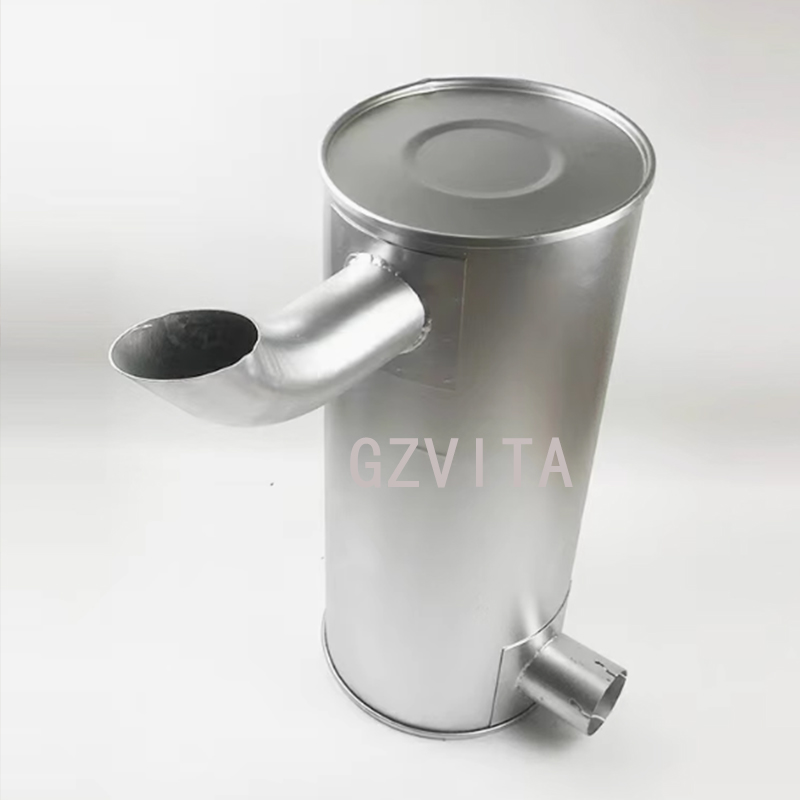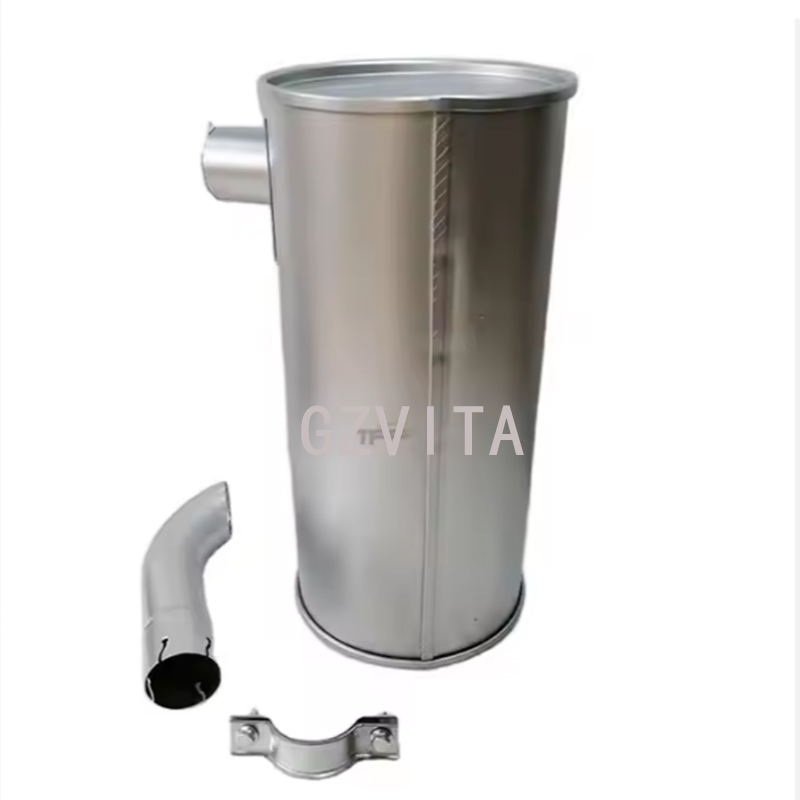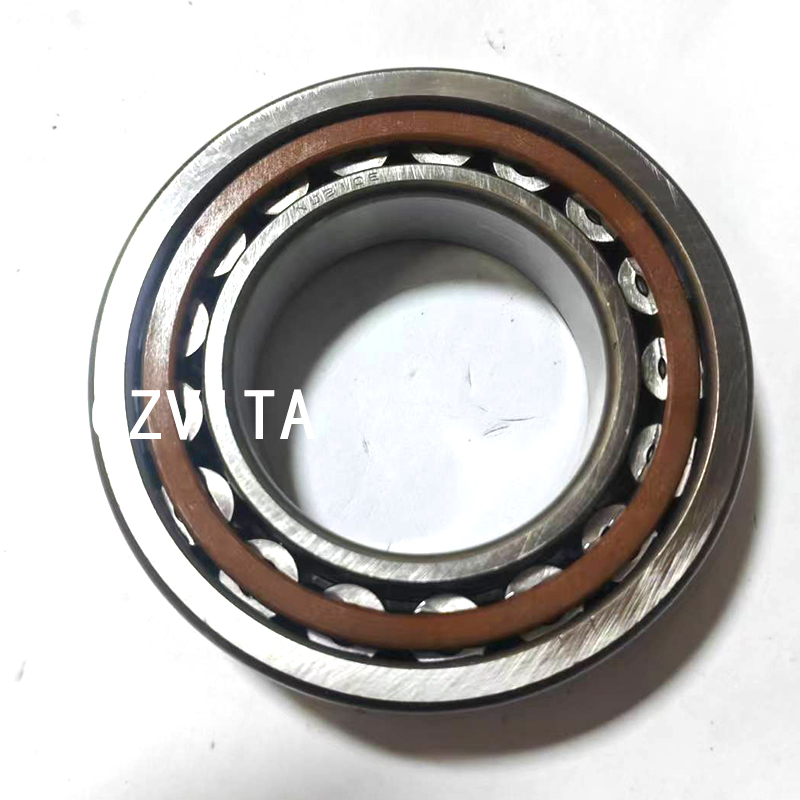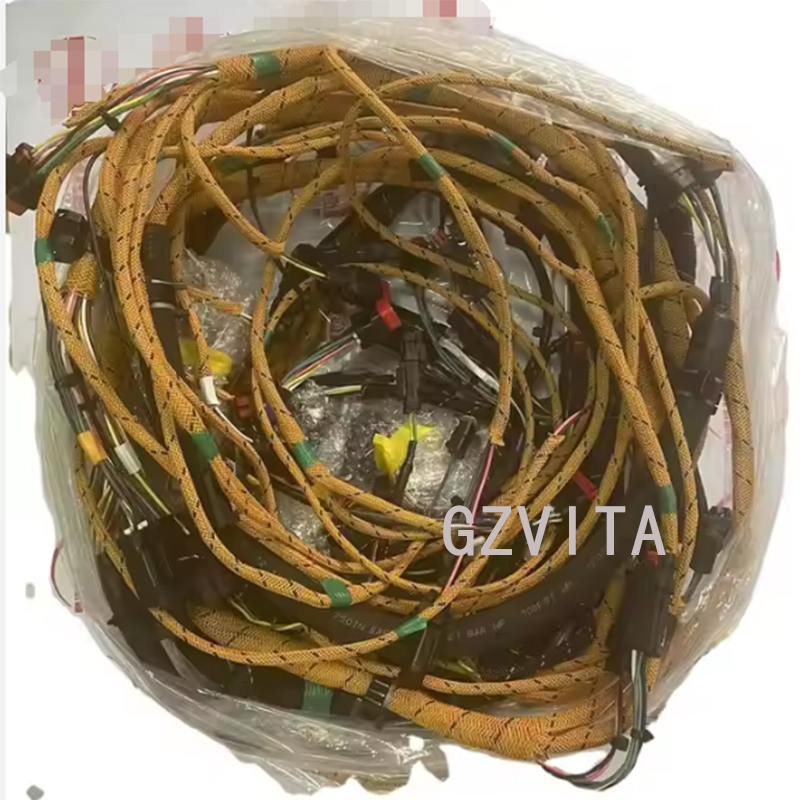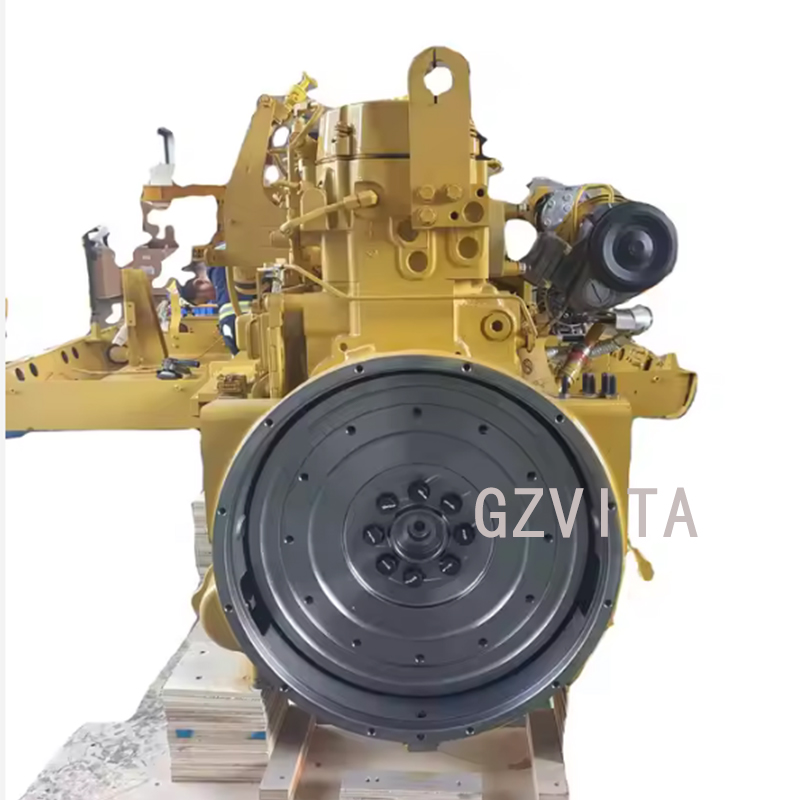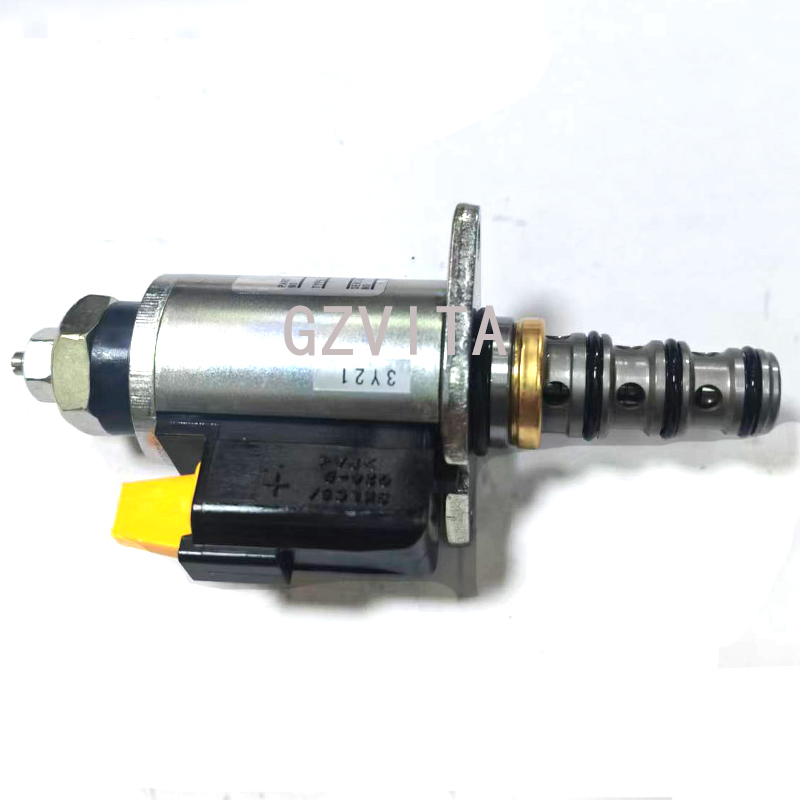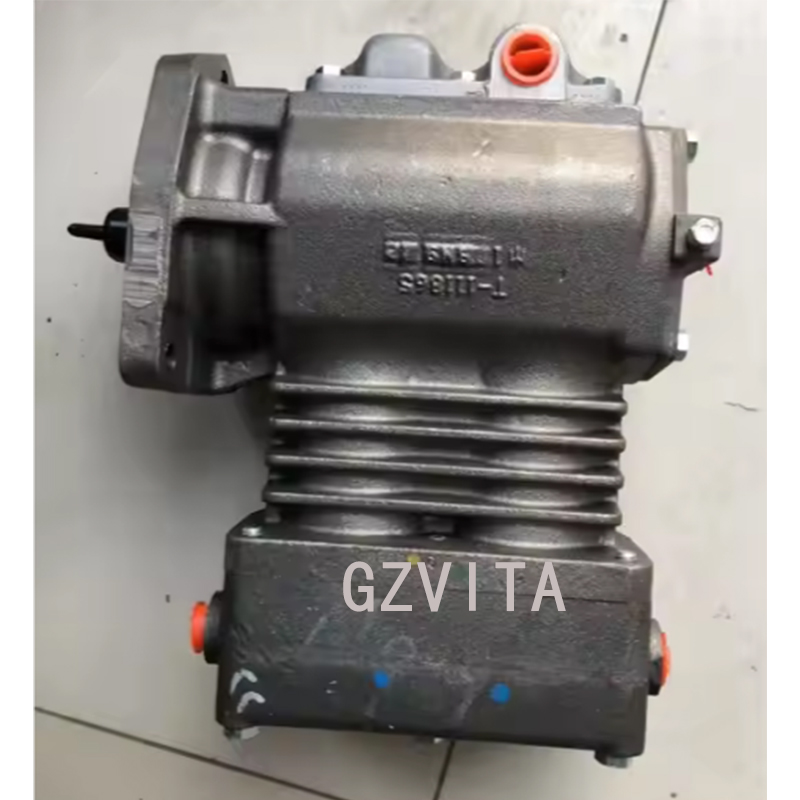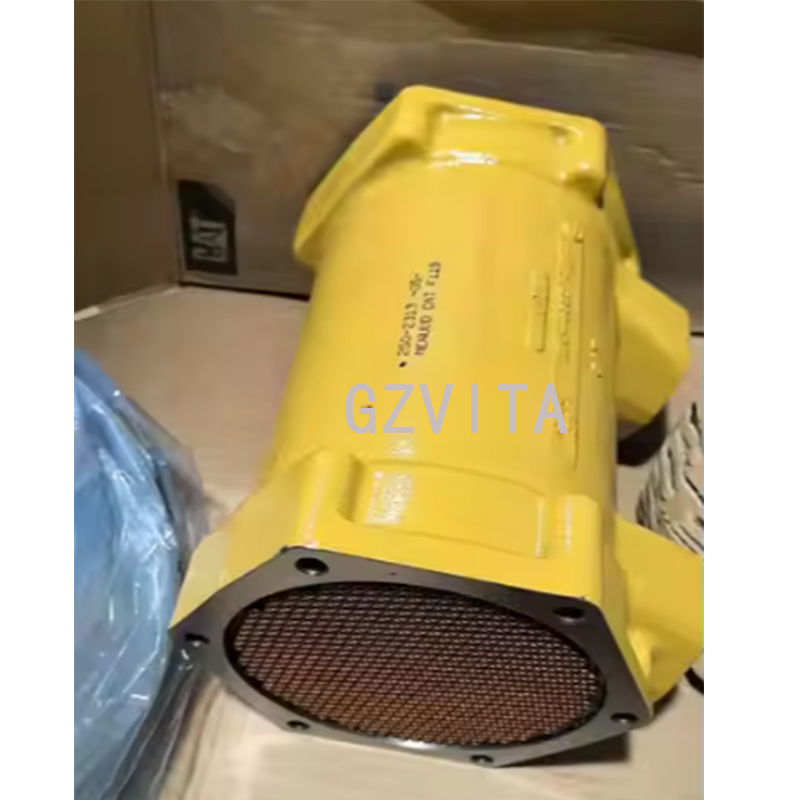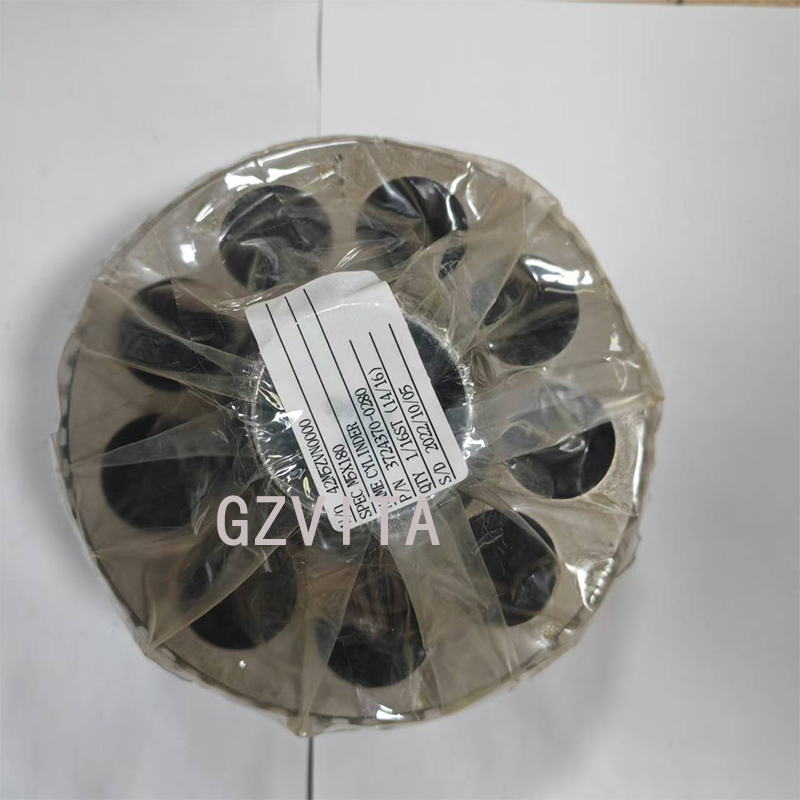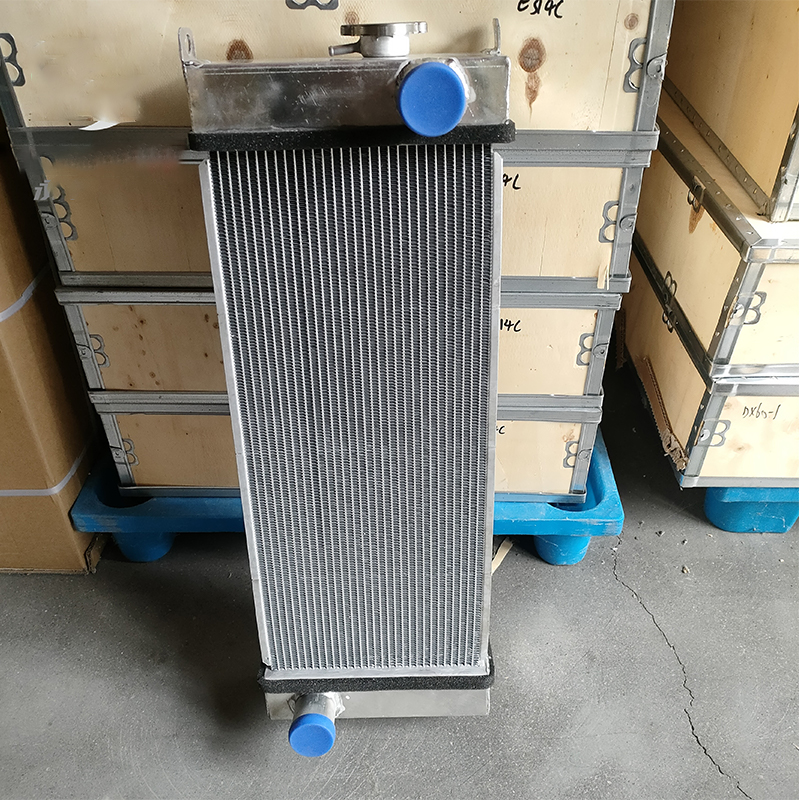 +86 13794985240
+86 13794985240
Radiator 278-2195 For Caterpillar E305C, 304 C CR, 305 C CR Engine S4Q2T
How a Radiator Works?
A radiator is a crucial component of a vehicle’s cooling system, designed to dissipate heat from the engine and maintain optimal operating temperatures. Here’s a detailed explanation of how a radiator works:
1. Heat Absorption
When the engine runs, it generates a significant amount of heat due to the combustion process. To prevent the engine from overheating, a coolant (usually a mixture of water and antifreeze) circulates through the engine block. As the coolant flows through the engine, it absorbs heat, raising its temperature.
2. Coolant Circulation
The heated coolant exits the engine and enters the radiator. The flow of coolant is typically facilitated by a water pump, which ensures that the coolant circulates efficiently throughout the cooling system.
3. Heat Exchange Process
Inside the radiator, the hot coolant flows through a series of thin tubes. Surrounding these tubes are metal fins that increase the surface area for heat dissipation. As the hot coolant passes through the tubes, heat is transferred from the coolant to the fins.
4. Airflow
To enhance the cooling process, air is drawn through the radiator. This can occur naturally while the vehicle is moving (dynamic airflow) or through a fan (static airflow) when the vehicle is stationary or at low speeds. The airflow over the fins helps to carry away the heat, cooling the coolant as it passes through the radiator.
5. Return to the Engine
Once the coolant has released its heat, it exits the radiator and returns to the engine to absorb more heat. This continuous cycle of heating and cooling helps maintain the engine at an optimal temperature, preventing overheating and ensuring efficient operation.
6. Thermostat Regulation
The cooling system is equipped with a thermostat that regulates the flow of coolant based on the engine’s temperature. When the engine is cold, the thermostat remains closed, allowing the engine to warm up quickly. Once the engine reaches the desired temperature, the thermostat opens, allowing coolant to flow to the radiator for cooling.
7. Conclusion
In summary, a radiator works by facilitating the transfer of heat from the engine coolant to the surrounding air, thereby maintaining the engine’s temperature within a safe operating range. Proper functioning of the radiator is essential for the overall performance and longevity of the engine, making regular maintenance and checks important for vehicle owners.
Product Display
-
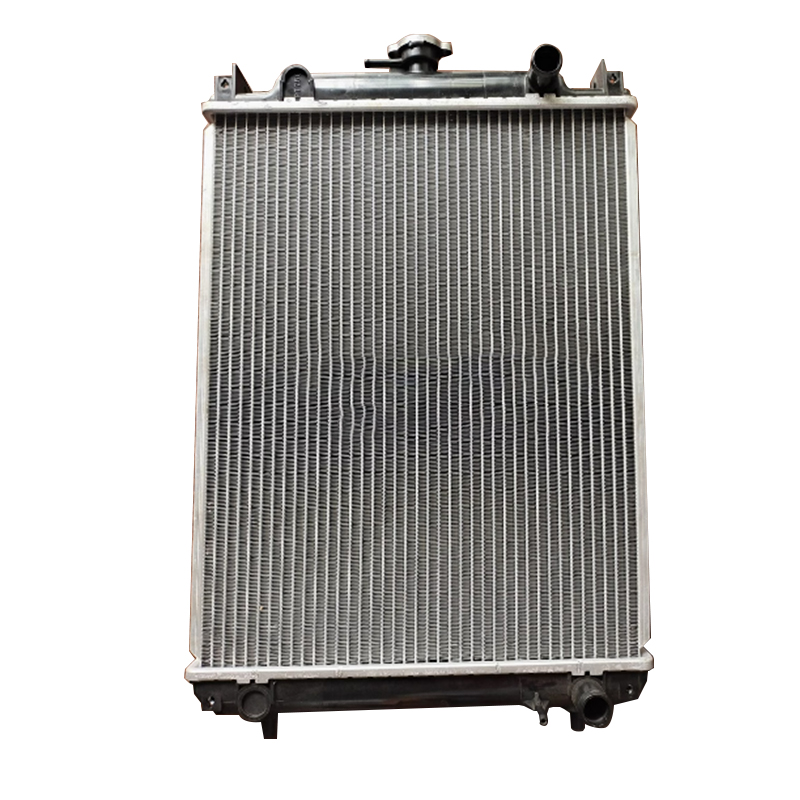
Radiator
-
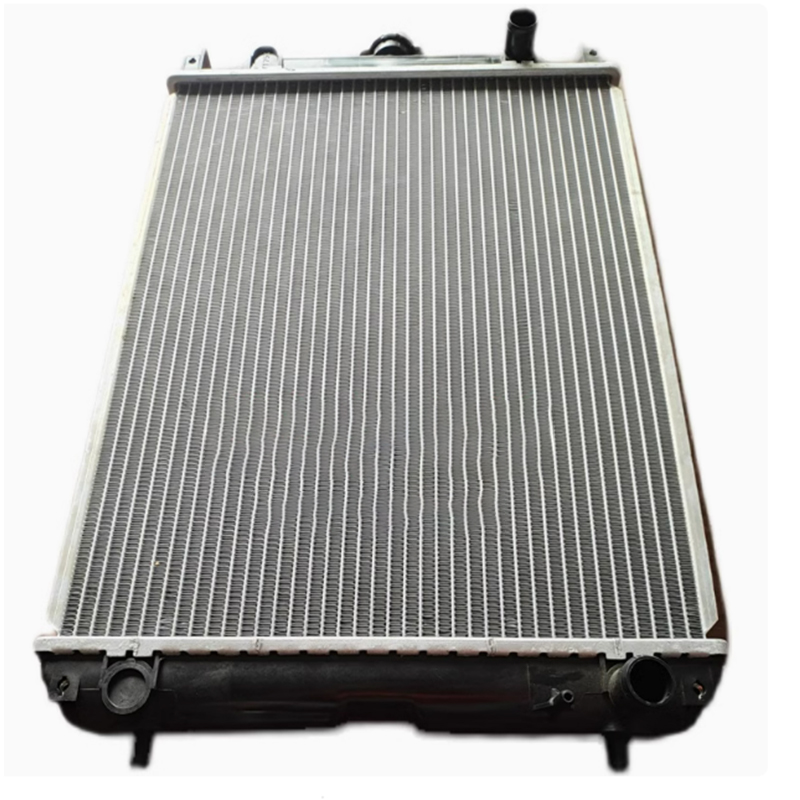
Radiator
-
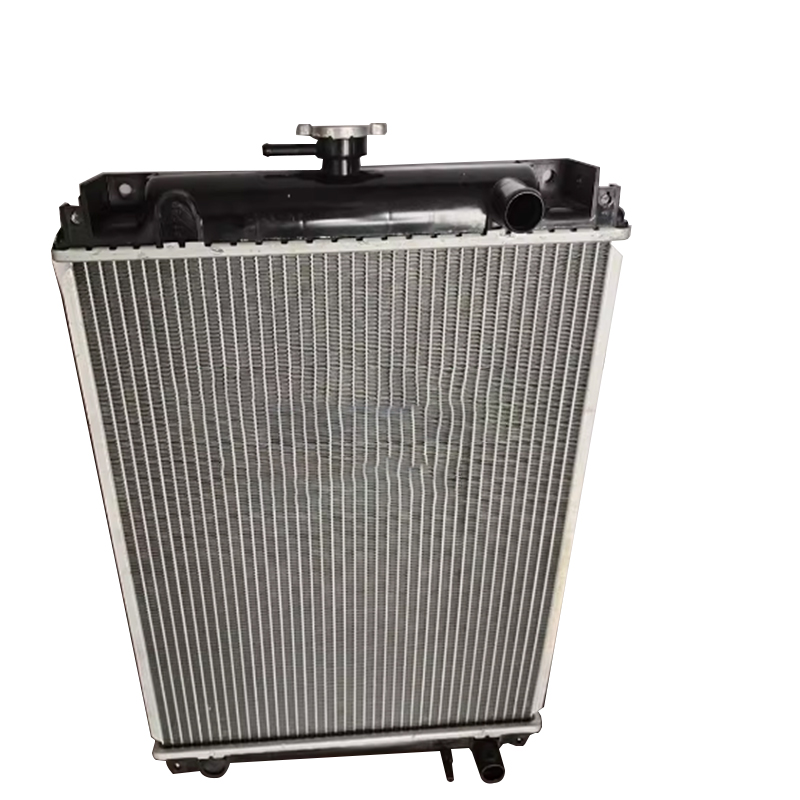
Radiator



